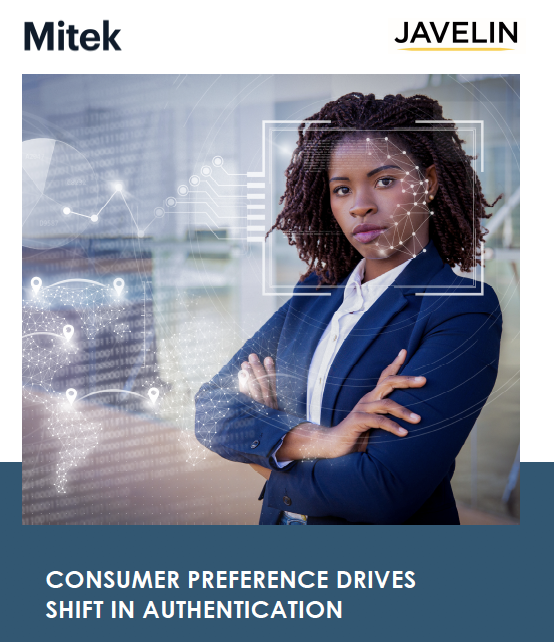Consumer preference drives shift in authentication

 In 2020 consumers were forced to change the way we live and were required to shift to digital channels for their payments and banking needs. This also meant a change in how financial institutions were expected to authenticate consumers’ identities. According to Javelin’s 2021 Identity Fraud Study: Shifting Angles, combined identity fraud losses reached $56 billion in 2020, with many of those losses attributable to poor authentication during new account opening.
In 2020 consumers were forced to change the way we live and were required to shift to digital channels for their payments and banking needs. This also meant a change in how financial institutions were expected to authenticate consumers’ identities. According to Javelin’s 2021 Identity Fraud Study: Shifting Angles, combined identity fraud losses reached $56 billion in 2020, with many of those losses attributable to poor authentication during new account opening.
This study, authored by Javelin and sponsored by Mitek, explores shifting consumer preference in authentication methods and what financial services can do to both instill consumer confidence and maintain continuous authentication across the account and transaction life cycle.
Topics discussed include:
- Biometric authentication
-
Phasing out one-time passcodes
-
Continuous user authentication across the customer lifecycle
-
Adoption of layered, multi-factor authentication
-
Reinforcing consumer trust
Your download should begin immediately. If it does not, please click here to download.